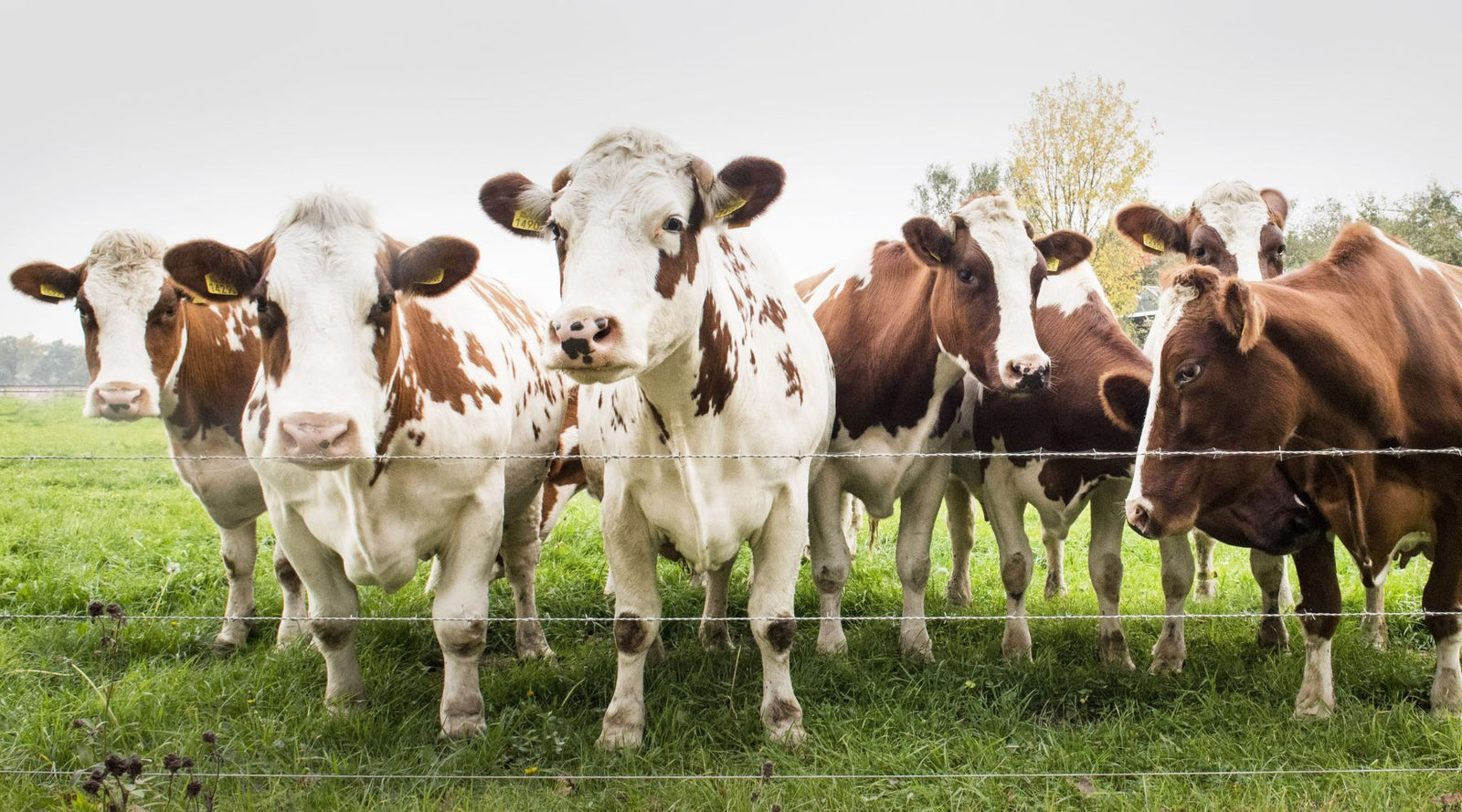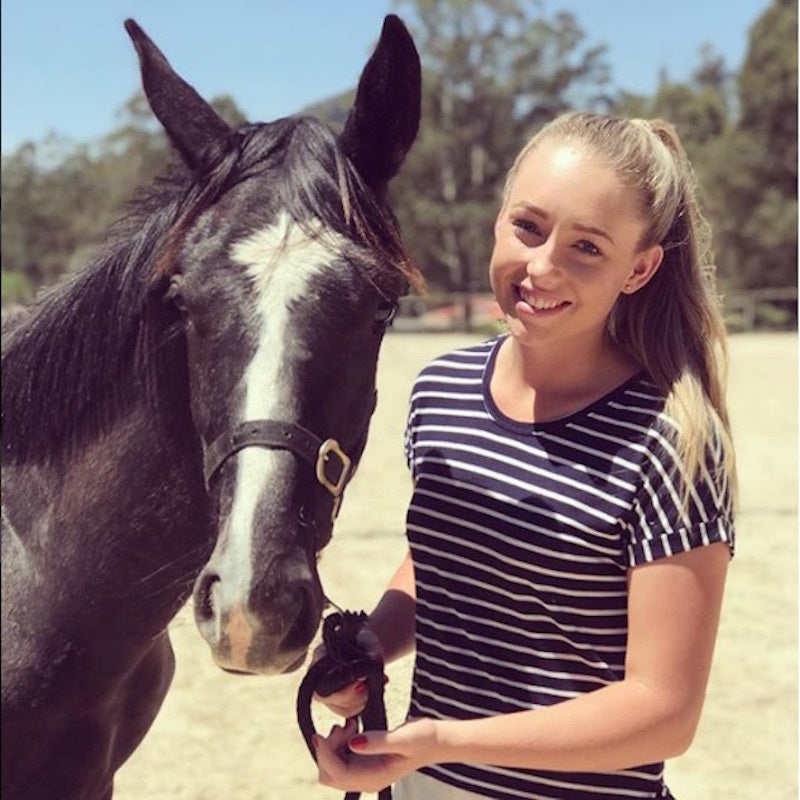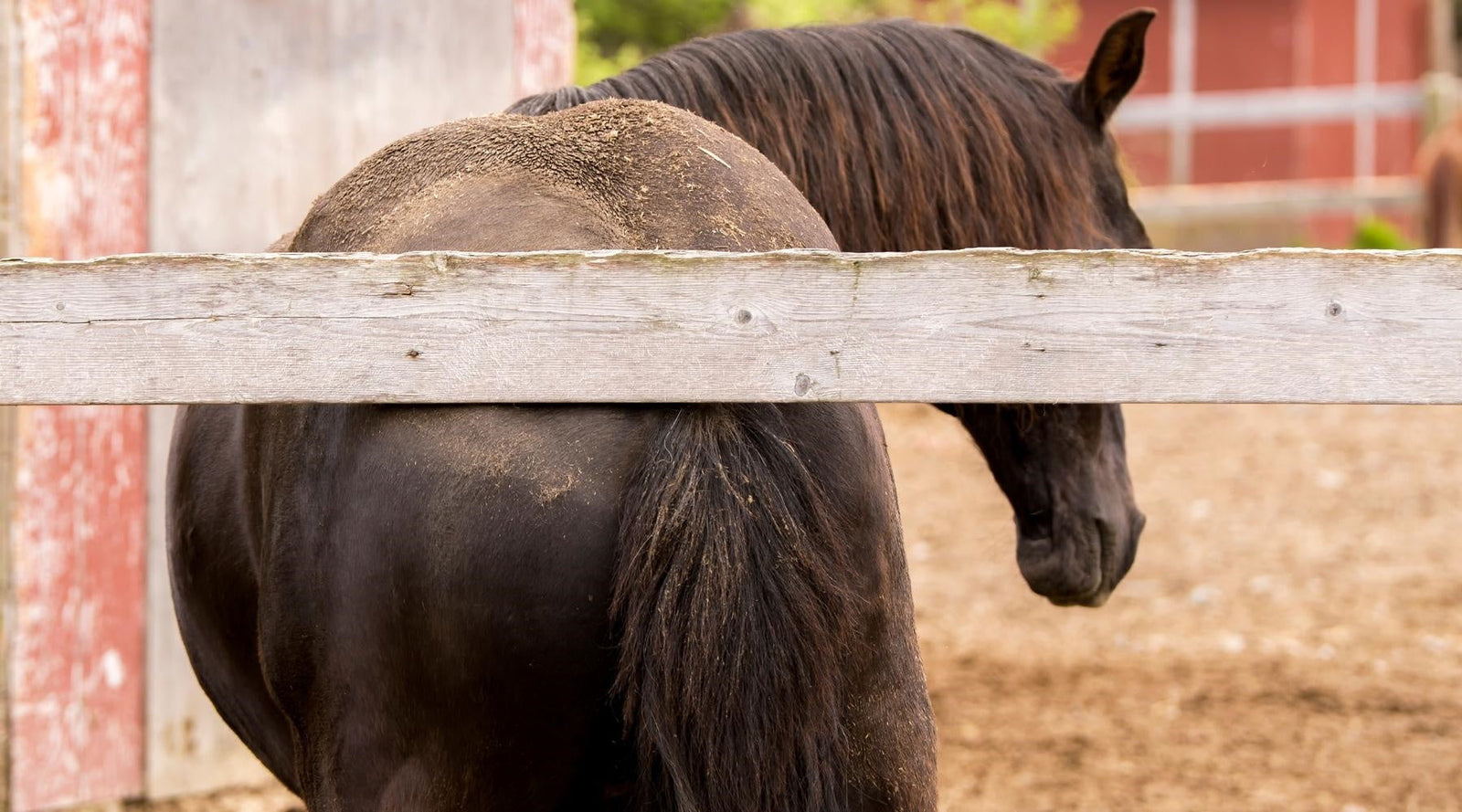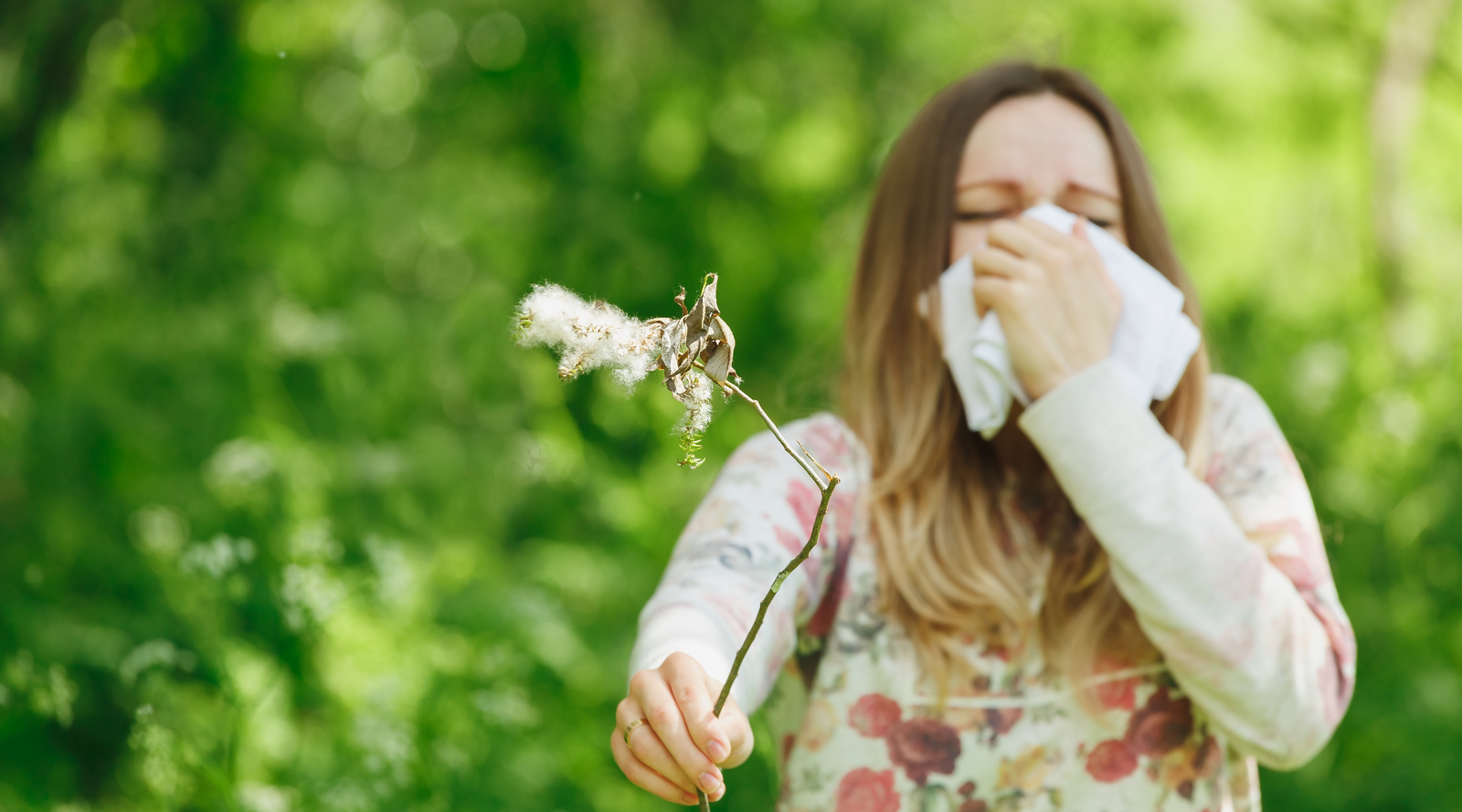Christmas delivery cut off: MIDNIGHT 16th DECEMBER - Last orders for a pre-Christmas dispatch. MIDDAY 18th DECEMBER - Order collections close. MONDAY 5th JANUARY - Hippo HQ re-opens.
Christmas delivery cut off: MIDNIGHT 16th DECEMBER - Last orders for a pre-Christmas dispatch. MIDDAY 18th DECEMBER - Order collections close. MONDAY 5th JANUARY - Hippo HQ re-opens.
Horse & Rider
Preventing and Managing Foot Rot in Cattle & Livestock
by Fiona Lane May 28, 2025

Key Highlights
- Foot rot – also known as foul-in-the-foot or interdigital dermatitis – is primarily caused by the Fusobacterium necrophorum bacteria in cattle.
- In sheep, deer and goats, foot rot is caused by the Dichelobacter nodosus bacteria.
- Symptoms of foot rot in cattle and livestock can be painful and include lameness, swelling, and foul-smelling discharge.
- Foot rot risk increases with wet, muddy and humid conditions, hoof injuries, poor nutrition, and overcrowding.
- Early detection, proper hygiene, environmental management and isolation of affected animals are key strategies to protect herd health and farm profitability.
- Support hoof health with easy-to-administer, natural oral remedies for prevention and management of foot rot which are safe for pregnant and lactating animals and have no withholding period.
Foot rot in cattle and other livestock - including sheep, deer, and goats - is a painful, contagious bacterial infection affecting the hooves, with early symptoms like lameness and swelling posing a serious threat to herd health and farming productivity. Differentiating foot rot from interdigital dermatitis and addressing key risk factors—such as wet conditions, poor nutrition, and overcrowding—are crucial for effective prevention and management on the farm.
Managing Foot Rot and Interdigital Dermatitis in Livestock
Foot rot – also foul-in-the-foot, interdigital necrobacillosis or infectious pododermatitis – is a common and often painful hoof ailment affecting livestock, particularly cattle and sheep. Outbreaks can impact a farm’s bottom line due to decreased productivity, treatment costs, and, in severe cases, culling. Understanding the causes, symptoms, and management strategies is essential for maintaining herd health.
Understanding the Difference Between Foot Rot in Cattle and Sheep
Foot rot is a highly contagious bacterial infection that affects the soft tissue between the claws of the hoof.
In cattle, foot rot is usually caused by Fusobacterium necrophorum which thrives in wet, muddy conditions. The bacteria enter through minor cuts or abrasions in the skin, leading to inflammation and tissue damage. While contagious among cattle, these bacteria are largely benign in sheep.
In sheep, deer, and goats, the main bacteria that causes foot rot is Dichelobacter nodosus. Animals become infected by walking on contaminated pastures or mud, but the bacteria can be present in drier conditions by surviving on the feet of a carrier animal.
Symptoms of Foot Rot
Early detection is vital. If left untreated, the infection can spread quickly through a herd, leading to more severe complications and prolonged recovery times. Symptoms are similar for cattle and other livestock and include:
- Sudden onset of lameness, usually in one limb.
- Swelling and redness in the soft tissue between the claws.
- Foul-smelling discharge from the affected area.
- Grey, pasty scum and separation of the interdigital skin.
- Elevated body temperature in severe cases.
Are Foot Rot and Interdigital Dermatitis the Same Thing?
Not exactly, although they are easily confused. Interdigital dermatitis – also called “scald” or “interdigital pyoderma” is a bacterial infection with milder symptoms, although if left untreated can progress to foot rot.

Hooves exposed to dirt and mud can result in foot rot in cattle.
Risk Factors for Foot Rot
Several factors can increase the likelihood of foot rot in cattle and sheep:
- Environmental Conditions: Wet, muddy, and humid conditions or unsanitary environments facilitate bacterial growth and skin maceration.
- Foot Injuries: Cuts, abrasions, or other injuries to the hoof area can serve as entry points for bacteria.
- Poor Nutrition: Deficiencies in essential minerals like zinc and iodine can compromise skin integrity.
- High Stocking Density: Overcrowded conditions can lead to increased hoof injuries and disease transmission.
Management and Prevention Strategies
Effective management of foot rot and interdigital dermatitis involves a combination of environmental control, regular monitoring, and supportive treatments.
Environmental Management
- Maintain Dry Conditions: Ensure that housing and grazing areas are well-drained to prevent moisture accumulation.
- Regular Cleaning: Keep pens, alleys, and feeding areas clean to reduce bacterial load.
- Footpaths: Construct and maintain dry, clean footpaths to minimize hoof exposure to wet and contaminated surfaces.
Hoof Care
- Regular Trimming: Schedule routine hoof trimming to prevent overgrowth and detect early signs of infection.
- Footbaths: Implement footbath protocols using appropriate solutions to disinfect hooves and reduce bacterial presence.
- Isolation: Separate affected animals to prevent the spread of infection within the herd.
Foot Rot Supplement Support for Cattle, Sheep and Other Livestock
· Foot Rot – Prev is professionally formulated to support foot rot prevention in cattle, and can also be used for livestock prone to interdigital dermatitis. Add to the water trough during high-risk periods to provide cover for your herd.
· Foot Rot – Active can also be used on both cattle and sheep once foot rot or interdigital dermatitis symptoms are present.
· Both Foot Rot – Prev and Foot Rot – Active can be used to support prevention and management of foot rot in sheep, deer, and goats too.
· Foot Rot Kit by a 1L jerry can of each remedy and save $40.
Our remedies are:
- Easy to Administer: Oral dosing via the water trough eliminates the need for interventions or topical applications. Read our FAQs: How To Trough Dose Livestock
- Safe for pregnant and lactating animals: no toxic chemicals, no withholding period.
- Safe to use alongside vet care: they’re 100% natural so can be used alongside any prescribed medications, drenches and most other supplements – read more.
By integrating our remedies into your herd management practices, you can proactively support hoof health and reduce the incidence of foot-related ailments in your cattle, sheep and other livestock.
Conclusion
Foot rot is a significant concern in livestock management, but with proactive measures, the impact can be minimised. Maintaining clean and dry environments, regular hoof care, and using our natural remedies can help farmers manage the wellbeing of their animals.
General Disclaimer: Always follow dosing instructions. Our remedies are formulated to support the natural immune system of horses, pets, livestock, and people. We do not claim to treat, medicate, or cure any health conditions. If you are worried an animal may be in pain or suffering, please contact your veterinarian.




